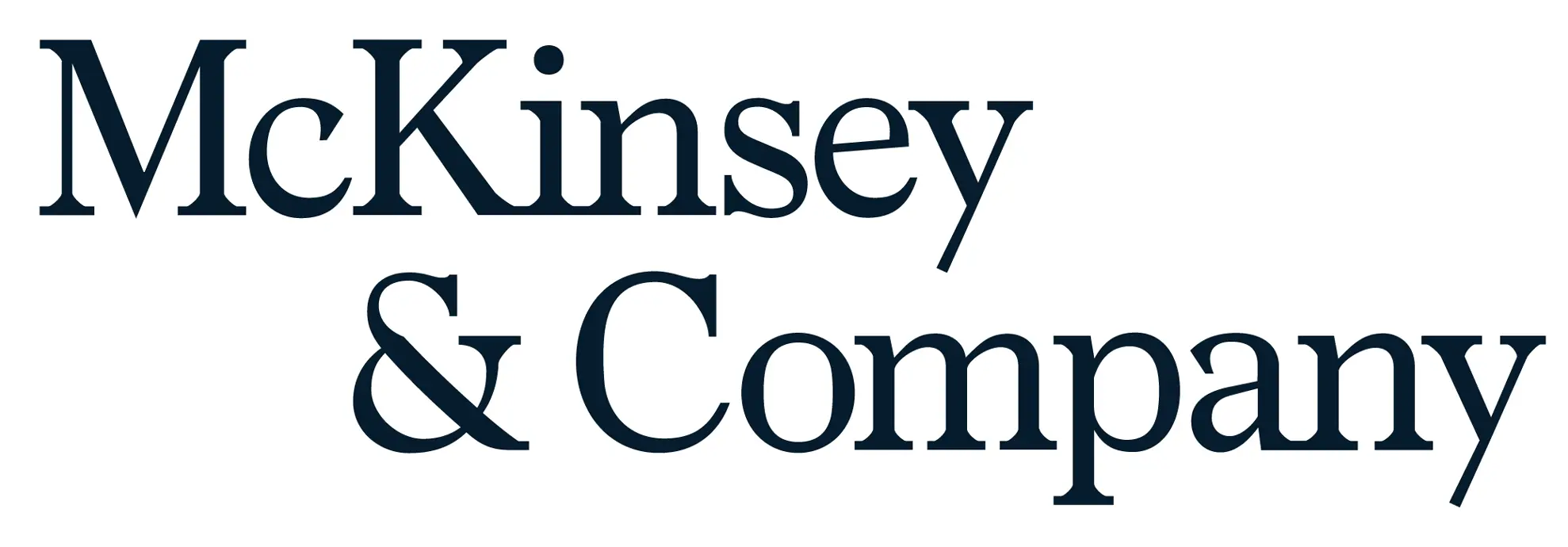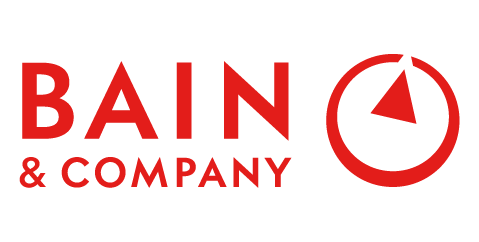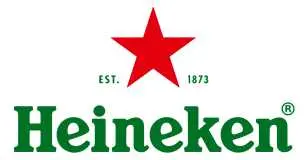
Biodegradable Plastics Market Size, Growth, Trends, Competition, Challenges, Future Opportunities
Biodegradable Plastics Market Growth, Size, Trends Analysis – By Product, By Application - Regional Outlook, Competitive Strategies and Segment Forecast to 2034
| Published: Feb-2025 | Report ID: CHEM2506 | Pages: 1 - 246 | Formats*: |
| Category : Chemical & Materials | |||
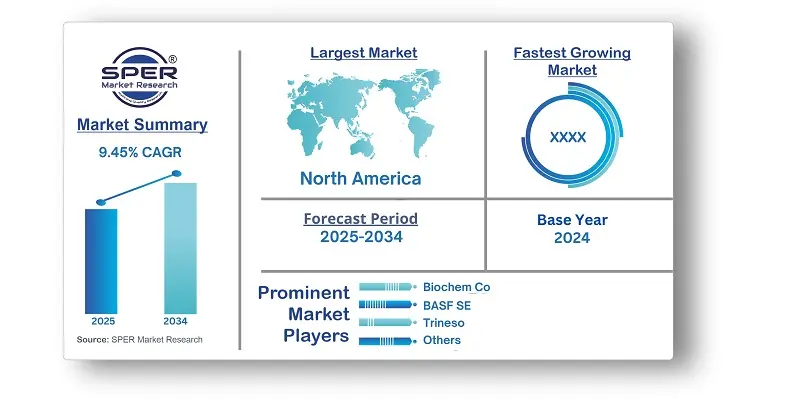
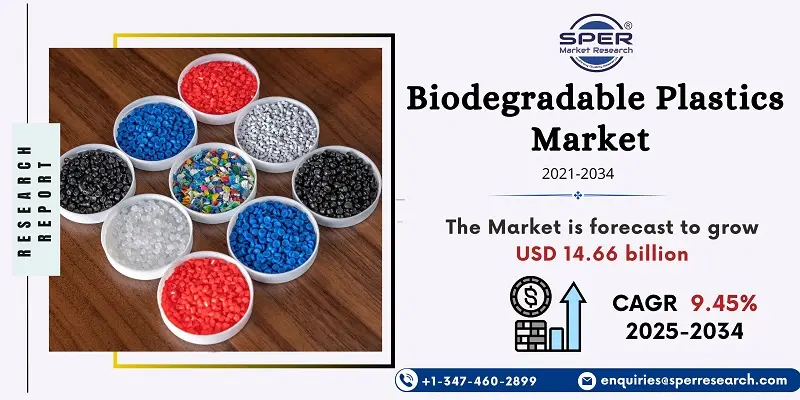
- In March 2024, in order to produce a biodegradable plastic bottle cap, Beyond Plastic announced a collaboration with CJ Biomaterials. The biopolymer used to make this cap, Polyhydroxyalkanoate (PHA), is derived from natural materials and enhances the functionality of conventional plastics while also having positive environmental effects.
- In February 2024, Balrampur Chini Mills Ltd. intends to build a PLA factory and has made a sizable investment in bio plastics. This calculated action supports the business's dedication to sustainability and puts it in a position to benefit from the rising demand for environmentally friendly packaging options.
- In October 2023, Versalis, a well-known Italian manufacturer of chemicals, purchased Novamont's biodegradable plastic division. Versalis' product line in the biodegradable plastics industry is anticipated to grow as a result of this calculated approach.
| Report Metric | Details |
| Market size available for years | 2021-2034 |
| Base year considered | 2024 |
| Forecast period | 2025-2034 |
| Segments covered | By Product, By Application. |
| Regions covere | North America, Latin America, Asia-Pacific, Europe, and Middle East & Africa. |
| Companies Covered | Cargill Incorporated, PTT MCC Biochem Co., Ltd, Biome Technologies plc, Plantic Technologies Limited, BASF SE, Total Corbion PLA, NatureWorks LLC, Eastman Chemical Company, Trineso, Danimer Scientific. |
- Global Biodegradable Plastics Market Size (FY’2021-FY’2034)
- Overview of Global Biodegradable Plastics Market
- Segmentation of Global Biodegradable Plastics Market By Product (Starch-based, Polylactic Acid, Polybutylene Adipate Terephthalate, Polybutylene Succinate, Polyhydroxyalkanoate)
- Segmentation of Global Biodegradable Plastics Market By Application (Packaging, Agriculture, Consumer Goods)
- Statistical Snap of Global Biodegradable Plastics Market
- Expansion Analysis of Global Biodegradable Plastics Market
- Problems and Obstacles in Global Biodegradable Plastics Market
- Competitive Landscape in the Global Biodegradable Plastics Market
- Details on Current Investment in Global Biodegradable Plastics Market
- Competitive Analysis of Global Biodegradable Plastics Market
- Prominent Players in the Global Biodegradable Plastics Market
- SWOT Analysis of Global Biodegradable Plastics Market
- Global Biodegradable Plastics Market Future Outlook and Projections (FY’2025-FY’2034)
- Recommendations from Analyst
1.1. Scope of the report1.2. Market segment analysis
2.1. Research data source
2.1.1. Secondary Data2.1.2. Primary Data2.1.3. SPERs internal database2.1.4. Premium insight from KOLs
2.2. Market size estimation
2.2.1. Top-down and Bottom-up approach
2.3. Data triangulation
4.1. Driver, Restraint, Opportunity and Challenges analysis
4.1.1. Drivers4.1.2. Restraints4.1.3. Opportunities4.1.4. Challenges
5.1. SWOT Analysis
5.1.1. Strengths5.1.2. Weaknesses5.1.3. Opportunities5.1.4. Threats
5.2. PESTEL Analysis
5.2.1. Political Landscape5.2.2. Economic Landscape5.2.3. Social Landscape5.2.4. Technological Landscape5.2.5. Environmental Landscape5.2.6. Legal Landscape
5.3. PORTERs Five Forces
5.3.1. Bargaining power of suppliers5.3.2. Bargaining power of buyers5.3.3. Threat of Substitute5.3.4. Threat of new entrant5.3.5. Competitive rivalry
5.4. Heat Map Analysis
6.1. Global Biodegradable Plastics Market Manufacturing Base Distribution, Sales Area, Product Type6.2. Mergers & Acquisitions, Partnerships, Product Launch, and Collaboration in Global Biodegradable Plastics Market
7.1. Starch-based7.2. Polylactic Acid7.3. Polybutylene Adipate Terephthalate7.4. Polybutylene Succinate7.5. Polyhydroxyalkanoate
8.1. Packaging8.2. Agriculture8.3. Consumer Goods
9.1. Global Biodegradable Plastics Market Size and Market Share
10.1. Asia-Pacific
10.1.1. Australia10.1.2. China10.1.3. India10.1.4. Japan10.1.5. South Korea10.1.6. Rest of Asia-Pacific
10.2. Europe
10.2.1. France10.2.2. Germany10.2.3. Italy10.2.4. Spain10.2.5. United Kingdom10.2.6. Rest of Europe
10.3. Middle East and Africa
10.3.1. Kingdom of Saudi Arabia10.3.2. United Arab Emirates10.3.3. Qatar10.3.4. South Africa10.3.5. Egypt10.3.6. Morocco10.3.7. Nigeria10.3.8. Rest of Middle-East and Africa
10.4. North America
10.4.1. Canada10.4.2. Mexico10.4.3. United States
10.5. Latin America
10.5.1. Argentina10.5.2. Brazil10.5.3. Rest of Latin America
11.1. BASF SE
11.1.1. Company details11.1.2. Financial outlook11.1.3. Product summary11.1.4. Recent developments
11.2. Biome Technologies plc
11.2.1. Company details11.2.2. Financial outlook11.2.3. Product summary11.2.4. Recent developments
11.3. Cargill Incorporated
11.3.1. Company details11.3.2. Financial outlook11.3.3. Product summary11.3.4. Recent developments
11.4. Danimer Scientific
11.4.1. Company details11.4.2. Financial outlook11.4.3. Product summary11.4.4. Recent developments
11.5. Eastman Chemical Company
11.5.1. Company details11.5.2. Financial outlook11.5.3. Product summary
11.5.4. Recent developments
11.6. NatureWorks LLC
11.6.1. Company details11.6.2. Financial outlook11.6.3. Product summary11.6.4. Recent developments
11.7. Plantic Technologies Limited
11.7.1. Company details11.7.2. Financial outlook11.7.3. Product summary11.7.4. Recent developments
11.8. PTT MCC Biochem Co., Ltd
11.8.1. Company details11.8.2. Financial outlook11.8.3. Product summary11.8.4. Recent developments
11.9. Total Corbion PLA
11.9.1. Company details11.9.2. Financial outlook11.9.3. Product summary11.9.4. Recent developments
11.10. Trineso
11.10.1. Company details11.10.2. Financial outlook11.10.3. Product summary11.10.4. Recent developments
11.11. Others
SPER Market Research’s methodology uses great emphasis on primary research to ensure that the market intelligence insights are up to date, reliable and accurate. Primary interviews are done with players involved in each phase of a supply chain to analyze the market forecasting. The secondary research method is used to help you fully understand how the future markets and the spending patterns look likes.
The report is based on in-depth qualitative and quantitative analysis of the Product Market. The quantitative analysis involves the application of various projection and sampling techniques. The qualitative analysis involves primary interviews, surveys, and vendor briefings. The data gathered as a result of these processes are validated through experts opinion. Our research methodology entails an ideal mixture of primary and secondary initiatives.
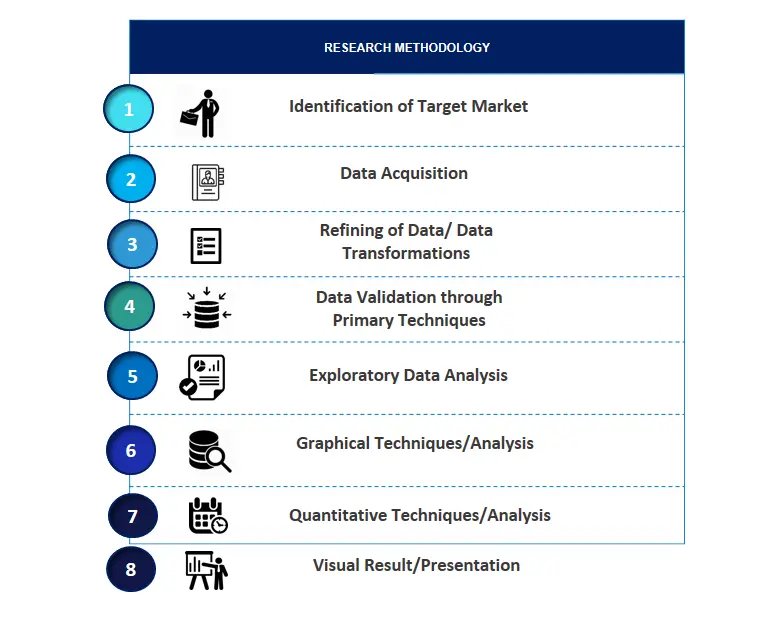
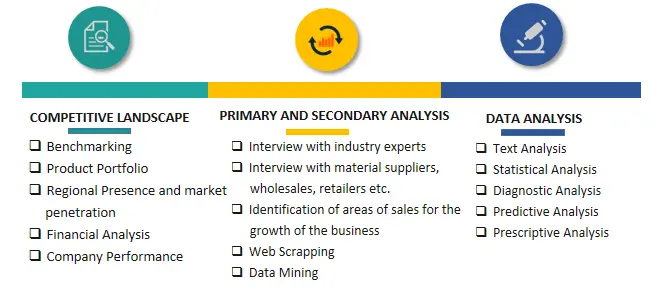

Frequently Asked Questions About This Report
PLACE AN ORDER
Year End Discount
Sample Report
Pre-Purchase Inquiry
NEED CUSTOMIZATION?
Request CustomizationCALL OR EMAIL US
100% Secure Payment






Related Reports
Our Global Clients
Our data-driven insights have influenced the strategy of 200+ reputed companies across the globe.






